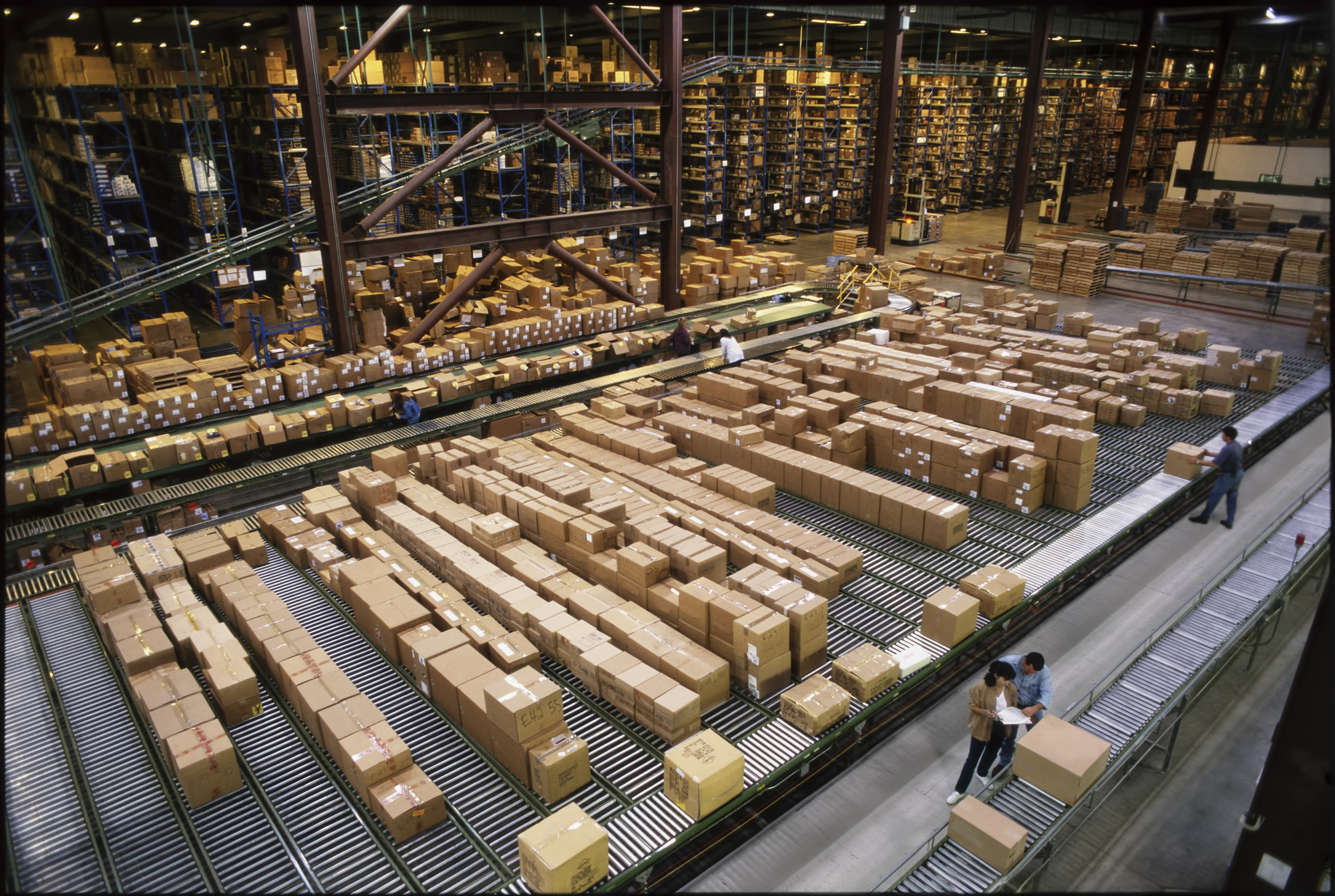As companies look to automate their operations, one of the biggest strategic decisions they face is whether to insource or outsource automation. Each approach comes with its own set of benefits, challenges and long-term implications. Choosing the right path depends on your organization’s goals, resources and operational needs.
Insourcing Automation
Insourcing automation means that a company has full control of the automation process by developing, implementing and maintaining automated systems in-house. This approach requires investing in technology, skilled personnel and ongoing maintenance.
Benefits of Insourcing Automation
- Full Control and Customization – Businesses can tailor automation solutions to their exact specifications, ensuring seamless integration with existing processes.
- Data Security and Compliance – Keeping automation in-house can help protect sensitive data and ensure compliance with industry regulations.
- Long-Term Cost Savings – While upfront costs are high, insourcing can lead to reduced costs over time as the company builds internal expertise and eliminates reliance on third parties.
- Rapid Response and Flexibility – With internal teams managing automation, businesses can quickly adjust to changes, troubleshoot issues and improve processes without external dependencies.
Challenges of Insourcing Automation
- High Initial Investment – Requires significant capital for technology acquisition, hiring skilled employees and training teams.
- Need for Skilled Talent – Companies must invest in acquiring and retaining professionals with expertise in automation, software development and system integration.
- Ongoing Maintenance and Upgrades – Businesses are responsible for continuously updating and maintaining automation systems to ensure efficiency and reliability.
Outsourcing Automation
Outsourcing automation involves partnering with third-party providers who design, implement and maintain automation solutions. This allows businesses to leverage external expertise without developing in-house capabilities.
Benefits of Outsourcing Automation
- Access to Specialized Expertise – External providers bring experience, industry knowledge and best practices that may be difficult to develop internally.
- Lower Initial Investment – Companies can avoid the high capital costs associated with acquiring automation technology and hiring specialized staff.
- Faster Implementation – Third-party vendors have established frameworks and resources that enable quicker deployment of automation solutions.
- Scalability and Flexibility – Businesses can scale automation initiatives as needed without committing to long-term internal resource development.
Challenges of Outsourcing Automation
- Limited Customization – Standardized solutions may not fully align with a company’s unique operational requirements.
- Data Security and Compliance Risks – Entrusting third-party vendors with sensitive data can introduce security and regulatory concerns.
- Ongoing Vendor Dependence – Businesses rely on external providers for system maintenance, updates and troubleshooting, potentially leading to delays or additional costs.
- Higher Long-Term Costs – While initial expenses may be lower, outsourcing fees, service contracts and potential cost escalations can add up over time.
Which Approach Is Right for Your Business?
Companies with the financial capacity to invest in automation and skilled personnel may benefit from insourcing, while those with limited budgets may find outsourcing more viable. Businesses that prioritize long-term control and customization may lean toward insourcing, whereas those seeking quick deployment and flexibility might prefer outsourcing. Companies expecting rapid growth or changing automation needs might benefit from the agility of outsourcing. Lastly, if an organization lacks the necessary technical skills and resources, outsourcing can bridge the gap and accelerate automation adoption. Many businesses adopt a hybrid approach, insourcing core automation processes while outsourcing specialized components.
The choice between insourcing and outsourcing should be driven by your company’s resources and long-term objectives. By carefully evaluating the benefits and challenges of each approach, businesses can develop an automation strategy that maximizes efficiency and cost-effectiveness to drive competitive advantage.
Learn more about enVista’s warehouse & distribution center automation solutions.




